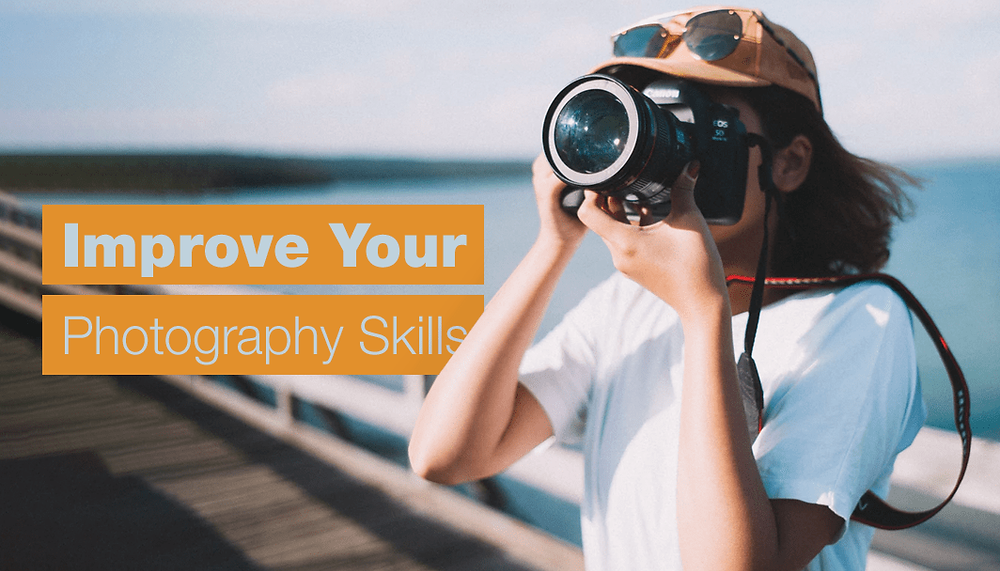Mastering the Art of Digital Photography: A Comprehensive Tutorial on Basics and Advanced Skills for Capturing Great Pictures

Introduction:
In the age of digital photography, the art of capturing moments has evolved into a dynamic and accessible form of self-expression. Whether you’re an aspiring photographer or a seasoned enthusiast, understanding both the basics and advanced skills is crucial for creating images that leave a lasting impact. This comprehensive tutorial aims to guide you through the essentials and intricacies of digital photography, empowering you to take great pictures with confidence and finesse.
Part 1: Digital Photography Basics
1.1 Understanding Your Camera:
a. Camera Types: Familiarize yourself with the different types of digital cameras, including DSLRs, mirrorless cameras, and compact cameras. Understand the strengths and limitations of each type to make an informed choice based on your preferences and needs.
b. Camera Anatomy: Learn the basic components of a camera, such as the lens, sensor, shutter, and aperture. Understanding these elements is foundational for mastering camera settings and capturing desired effects.
1.2 Camera Settings and Modes:
a. Auto Mode: While convenient, the Auto mode may limit your creative control. Begin by understanding your camera’s Auto mode but quickly progress to semi-automatic modes like Aperture Priority, Shutter Priority, and Program mode for more creative control.
b. Manual Mode: Delve into Manual mode to have full control over exposure settings. Mastering aperture, shutter speed, and ISO allows you to customize your shots based on lighting conditions and creative preferences.
1.3 Exposure Triangle:
a. Aperture: Understand how aperture affects depth of field and the amount of light entering the camera. Learn to use wide apertures for a shallow depth of field in portraits or narrow apertures for landscapes with greater detail.
b. Shutter Speed: Explore the impact of shutter speed on freezing or capturing motion. Faster shutter speeds freeze action, while slower speeds introduce motion blur, adding dynamism to your shots.
c. ISO: Grasp the role of ISO in determining the camera’s sensitivity to light. Balancing ISO with aperture and shutter speed is crucial for achieving well-exposed images in various lighting conditions.
1.4 Composition Techniques:
a. Rule of Thirds: Experiment with the rule of thirds, dividing your frame into a 3×3 grid and placing key elements along the lines or intersections. This simple technique adds balance and interest to your compositions.
b. Leading Lines: Incorporate leading lines to guide the viewer’s eye through the image. Whether natural or man-made, lines add depth and visual interest to your photographs.
c. Framing: Explore framing elements within your composition, such as archways, door frames, or natural surroundings. Framing directs attention to the main subject and adds context to your photos.
1.5 Understanding Light:
a. Natural Light: Master the art of working with natural light. Pay attention to the quality of light during different times of the day, and experiment with backlighting, side lighting, and front lighting to achieve diverse effects.
b. Artificial Light: Familiarize yourself with artificial lighting sources, including flash photography and studio lighting. Learn how to balance ambient and artificial light to create well-lit and visually appealing images.
Part 2: Advanced Digital Photography Skills
2.1 Advanced Camera Techniques:
a. Long Exposure Photography: Experiment with long exposure techniques to capture motion trails, light painting, or dreamy water effects. Use a tripod to ensure stability during longer exposures.
b. Multiple Exposures: Explore the creative possibilities of multiple exposures, combining two or more images in-camera for artistic effects. This technique allows you to experiment with blending textures, colors, and subjects.
2.2 Post-Processing and Editing:
a. RAW vs. JPEG: Understand the benefits of shooting in RAW format, which provides greater flexibility in post-processing. Learn to use editing software like Adobe Lightroom or Photoshop to enhance colors, contrast, and sharpness.
b. Color Grading: Experiment with color grading techniques to evoke specific moods in your photographs. Adjusting color tones, saturation, and contrast can transform the overall feel of your images.
2.3 Advanced Composition Techniques:
a. Symmetry and Patterns: Embrace symmetry and patterns in your compositions for a visually striking impact. From architectural details to natural formations, seek out opportunities to capture order and repetition.
b. Minimalism: Explore the power of minimalism in photography. Simplify your compositions, focusing on a single subject or a few key elements to create visually powerful and impactful images.
2.4 Specialty Photography:
a. Macro Photography: Dive into the world of macro photography, capturing intricate details of small subjects. Experiment with macro lenses or extension tubes to magnify the beauty of everyday objects.
b. Astrophotography: Explore the night sky with astrophotography. Learn the basics of capturing stars, planets, and celestial events. Use long exposure techniques and experiment with different compositions to create stunning nighttime images.
2.5 Composition Beyond Basics:
a. Rule Breaking: While understanding composition rules is essential, don’t be afraid to break them for creative expression. Experiment with unconventional angles, perspectives, and framing to add uniqueness to your photographs.
b. Storytelling through Imagery: Develop your ability to tell a story through your images. Consider the narrative, emotions, and context behind each photograph, creating a visual story that resonates with viewers.
Conclusion:
In conclusion, mastering the art of digital photography requires a combination of foundational knowledge, technical skills, and creative intuition. This comprehensive tutorial serves as a roadmap, guiding you through the basics and advanced skills needed to capture great pictures. Embrace the learning process, experiment with different techniques, and allow your unique perspective to shine through in your photographic journey. With dedication and practice, you’ll not only become proficient in the technical aspects of photography but also develop a distinct visual style that sets your work apart. So, grab your camera, explore the possibilities, and embark on a captivating adventure into the world of digital photography.




